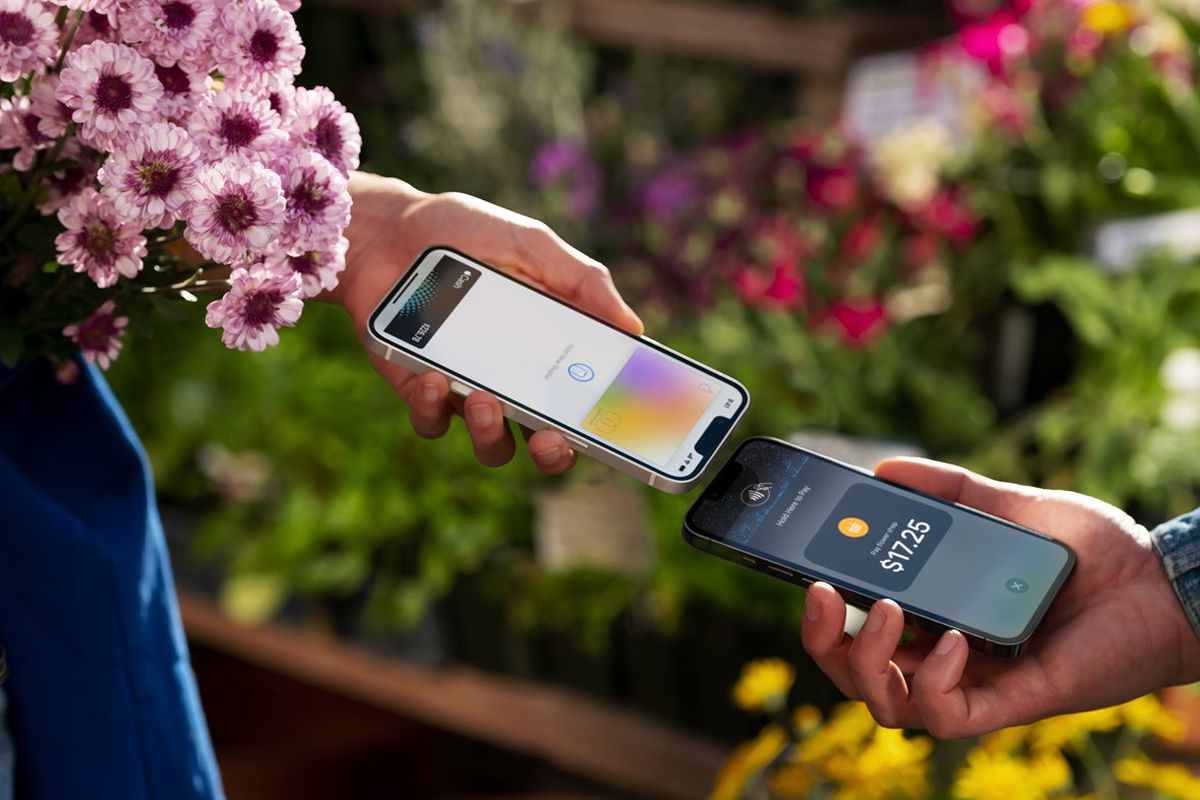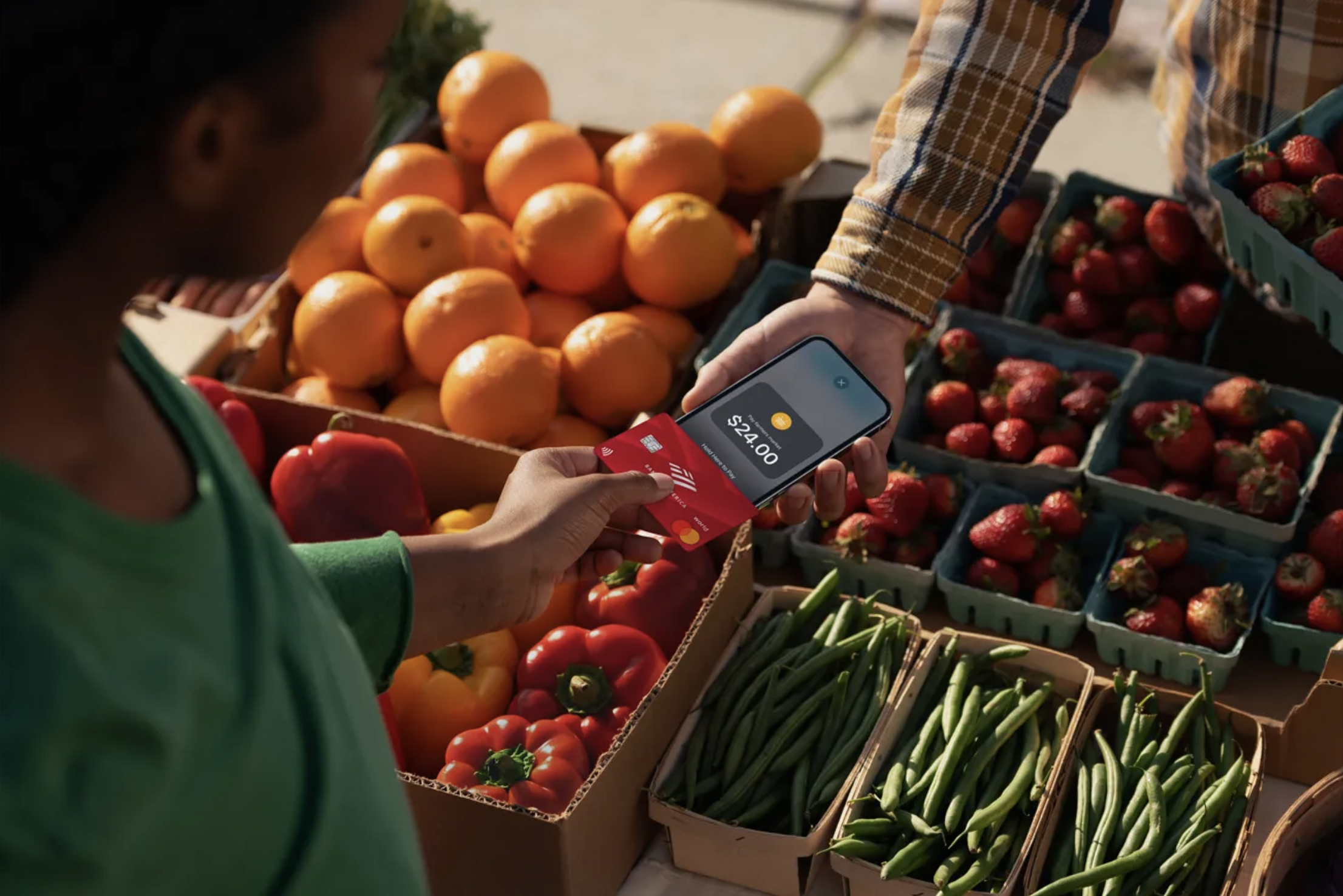
Starting March 15 of this year, Apple Pay will officially begin operations in Peru and Argentina. Available for iPhone and Apple Watch devices This innovation allows users to be independent of physical card payments and make transfers easily.
On October 20, 2014, Apple broke the most classic economic plan in many countries that are still faithful to the use of cash, and announced it globally, so the bitten apple brand presented mobile payments, which is why people have a mobile phone or A method that provided the opportunity to use a tablet to pay for a service or product, you must have bills or coins with you.
This method has been implemented in Latin America, North America, the Middle East, Europe, Africa and Asia. From countries such as the United States, Macau, Bulgaria, Palestine, Qatar, Jersey, Ireland, Spain, Sweden, Canada, Colombia, Brazil and Mexico.
What is Apple Pay?
Apple Pay is Apple's mobile payment service, a system designed to be used both with the NFC chip on the iPhone and with Apple Watch in other stores, and for payments in other apps and websites.
Simply add a bank card to Apple Pay and identify us with Face ID or Touch ID without having to enter a code, we can pay as if we had it physically.
It is important to specify that Apple Pay is a free service. Apple does not charge any fees for using Apple Pay in stores, websites, or apps.

How to add a new card to Apple Pay on iPhone
- In the Wallet app, click the Add button.
- Tap Debit card or credit card.
- Tap 'Continue'.
- Now you can select a bank or card issuer from the list or find it using the search bar.
And how to pay with Apple Pay on the iPhone?
- If the user has an iPhone with Face ID, they need to double-click the side button.Authenticate with Face ID or enter a code.
- On the other hand, if you're using an iPhone with Touch ID, you'll need to place your finger on that sensor.
- Keep the top of your iPhone close to the contactless reader until you see a check and a check mark on the screen.

How to add a card to Apple Pay on Apple Watch
- Open the Wallet app on your Apple Watch.
- Scroll down and tap Add Card.
- Tap a debit or credit card to add a new card, or tap Old card to select a card that has already been added to the Wallet app.
- Continued pulsar.
- Follow the steps on the screen to enter and add card information.
And how to pay with Apple Pay on Apple Watch?
- Your Apple Watch must have a passcode set.
- Press the side button twice.
- The default card will open automatically.Now you need to scroll down to select another card.
- Keep the screen of your Apple Watch close to the contactless reader until you hear a soft touch and beep.
How to add a card to Apple Pay on Mac or iPad
- For Mac models with Touch ID, go to System Preferences > Wallet > Apple Pay.
- On your iPad, go to Settings > Wallet > Apple Pay.
- Tap Add card.
- Follow the steps shown on the screen to add cards.
- Check the information with your bank or card issuer.
And how to pay with Apple Pay on Mac or iPad?
- Enter an app or website that is compatible with Apple Pay.
- Before making a payment, select Apple Pay as the payment system.
- Identifies by Touch ID or Face ID

Apple Pay strives to have a greater impact in Latin America
Without a doubt, the arrival of Apple Pay in Argentina and Peru is good news that comes at a time when contactless payments are the most popular. In any case, it is surprising that Apple prefers to settle in the Argentine market before other countries that are more accessible to the public.
It should be remembered that by 2021, the iPhone was ranked 7th in the smartphone market in Argentina. In fact, the Cupertino company does not exist directly in the country, this is due to the high price of Apple products. For example, the iPhone 13 Pro Max with 512 GB of storage is sold for about 50,000 pesos, which is equivalent to just over 4,900 dollars in the official exchange rate.
On the other hand, Peru's iOS market has a total of 6.97% of users as of February 2022, according to statistics counter figures. However, the Apple market usually has high consumption and banking operations that do not effectively support a single viable system, unlike Android and its huge ecosystem.

Continue reading
Últimas Noticias
Debanhi Escobar: they secured the motel where she was found lifeless in a cistern
Members of the Specialized Prosecutor's Office in Nuevo León secured the Nueva Castilla Motel as part of the investigations into the case

The oldest person in the world died at the age of 119
Kane Tanaka lived in Japan. She was born six months earlier than George Orwell, the same year that the Wright brothers first flew, and Marie Curie became the first woman to win a Nobel Prize

Macabre find in CDMX: they left a body bagged and tied in a taxi
The body was left in the back seats of the car. It was covered with black bags and tied with industrial tape
The eagles of America will face Manchester City in a duel of legends. Here are the details
The top Mexican football champion will play a match with Pep Guardiola's squad in the Lone Star Cup

Why is it good to bring dogs out to know the world when they are puppies
A so-called protection against the spread of diseases threatens the integral development of dogs




